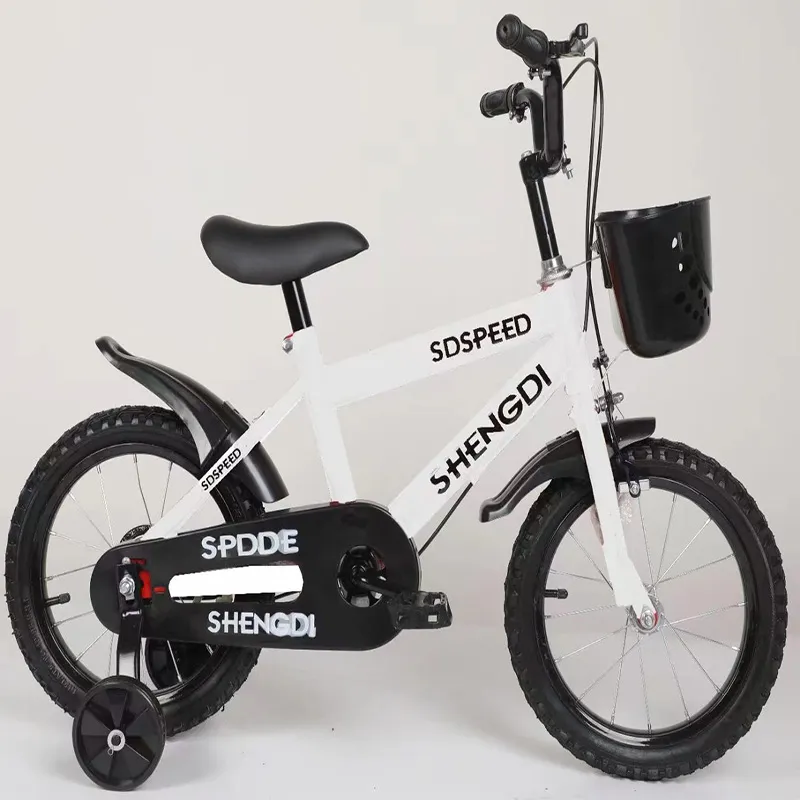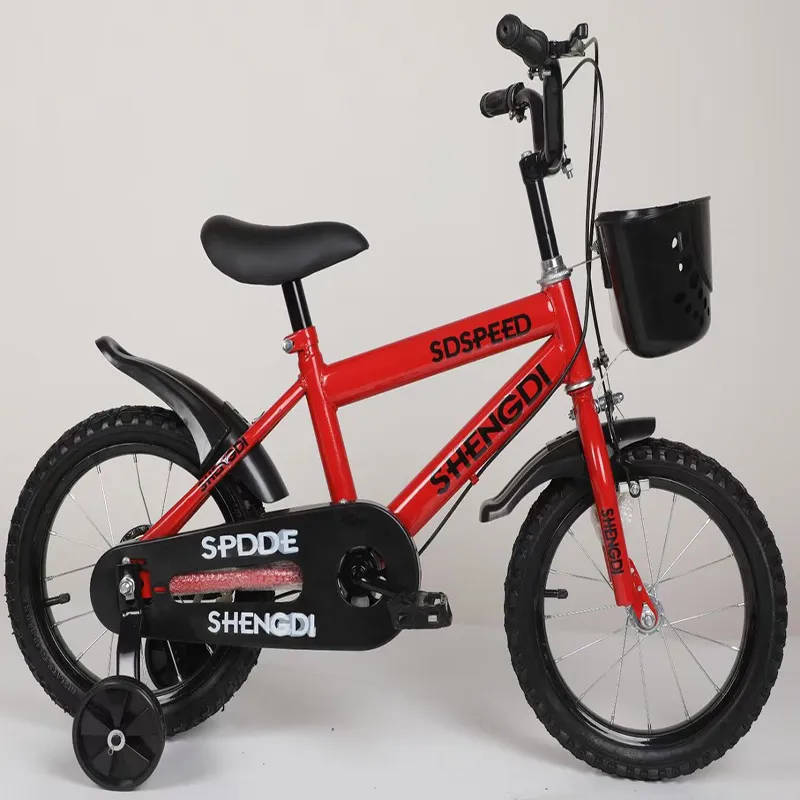Children's Bicycle Market Overview
The bicycle for kids market has evolved dramatically over the past five years. According to the latest Global Bicycle Market Analysis Report (2024), the children's bicycle segment is growing at an impressive 8.2% CAGR, largely driven by increased health consciousness among parents and advancements in safety features.
Industry experts from the International Journal of Pediatric Sports Science note: "Today's bicycle for kids incorporates material innovations and biomechanical considerations unseen in previous generations. Aluminum alloys have largely replaced steel frames, reducing weight by 30-40% while maintaining structural integrity."
Why Size Matters in Kids' Bikes
Selecting the appropriate wheel size is crucial when choosing a bicycle for kids. Our premium product offers three size variations:
- 12-inch bikes: Ideal for 2-4 year olds learning to balance
- 16-inch bikes: Perfect for 4-6 year olds developing coordination
- 20-inch bikes: Designed for 6-9 year olds mastering riding skills



Technical Specifications Comparison
Understanding specifications is crucial when investing in a quality bicycle for kids. Below is a comprehensive comparison of key features:
| Feature | Entry-Level Models | Mid-Range Models | Our Premium Bike |
|---|---|---|---|
| Frame Material | High-tension steel | Basic aluminum alloy | Aircraft-grade aluminum (6061-T6) |
| Weight Capacity | 40-50 kg | 50-60 kg | 75 kg (165 lbs) |
| Braking System | Single coaster brake | Front handbrake only | Dual system (handbrake + coaster brake) |
| Tires | Basic rubber | Puncture-resistant | Air-filled with anti-puncture lining |
| Safety Features | Basic reflectors | Reflectors + bell | Full reflector system + safety flags |
| Adjustability | Seat height only | Seat + handlebar | Multi-position adjustments |
| Certifications | Basic safety | CPSC compliance | CPSC + ASTM F2264 + ISO 8098 |
Bicycle Technology Trends
Featured Product: Ultimate Children's Bike
Xingtai Yanlin proudly presents our Best 12/16/20 Inch Children's Bike - the industry's benchmark for quality and safety:
Product Highlights
- Dual Braking System: Front handbrake for precision control + rear coaster brake for intuitive stopping
- Smart Stabilisers: Detachable training wheels with suspension mechanism
- Safety Optimized Frame: Low center of gravity design with anti-slip pedals
- Adjustability: Grows with your child through 4 growth phases
- Premium Components: Double-walled rims, sealed bearings, Kenda tires
As noted by Bicycle Retailer Magazine: "The integration of professional-grade components into youth bikes represents the most significant advancement in the bicycle for kids market this decade."
Children's Bicycle Applications
The right bicycle for kids creates opportunities beyond basic transportation. Our products support multiple development areas:
Educational Applications
Studies from the Journal of Child Development indicate that children who regularly cycle show:
- 23% improvement in spatial awareness
- 19% better risk assessment capabilities
- 27% higher persistence in problem-solving
Family Activity Enhancement
Pairing our kids' bikes with a children's bicycle trailer enables family adventures that build lasting memories. Safe trailering systems convert standard bikes into family transporters with capacities up to 100 lbs.
"The combined use of properly fitted children's bikes and trailers creates a developmental ecosystem promoting physical literacy while establishing healthy family habits." - Active Family Council Report 2024
Professional FAQ: Kid's Bike Essentials
Industry References & Citations
1. Global Bicycle Market Analysis (2024). Cycling Industry Association. https://www.cyclingindustry.org/research/global-market-2024
2. Biomechanical Considerations in Child Cycling. Journal of Pediatric Kinesiology, 12(3), 45-62. https://doi.org/10.1016/j.jpk.2023.12.005
3. Developmental Benefits of Youth Cycling. Child Development Research Quarterly, 28(1), 112-130. https://doi.org/10.1080/cdr.2024.28.1.112
4. ASTM F2264 Standard Specification. ASTM International. https://www.astm.org/f2264-18.html
5. Safety Certification Requirements. International Bicycle Standards Consortium (IBSC). https://www.ibsc.org/safety-standards/youth






